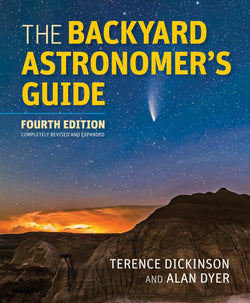Celestron Popular Science by Celestron StarSense Explorer DX 5" Smartphone App-Enabled Schmidt Cassegrain Telescope (22466)
22466
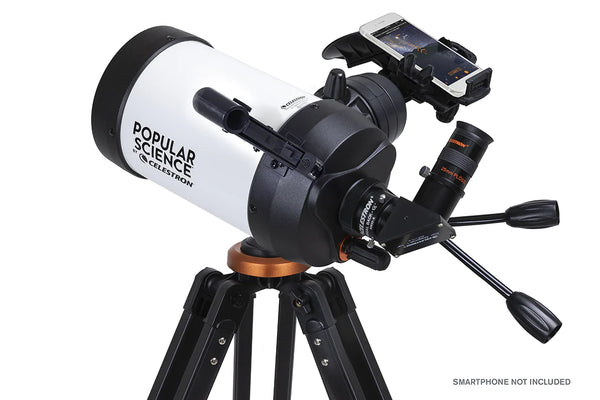

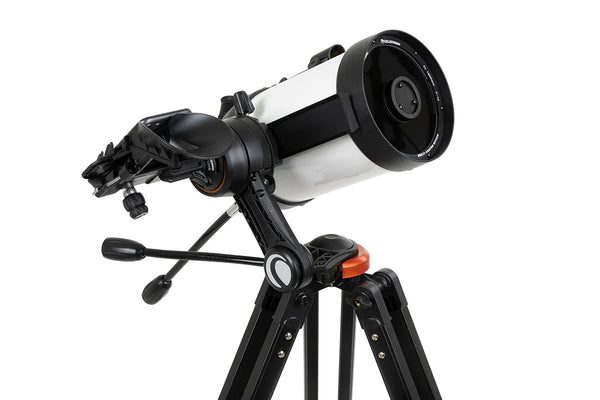
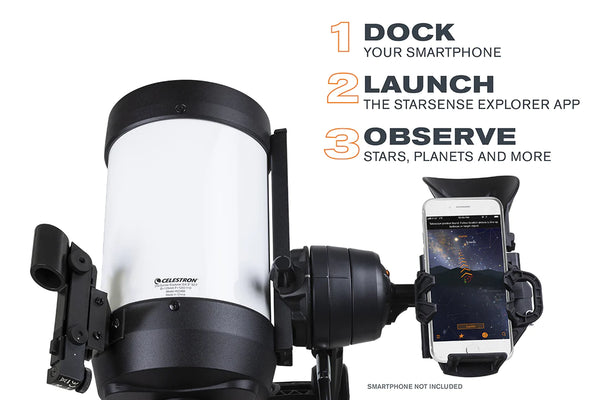
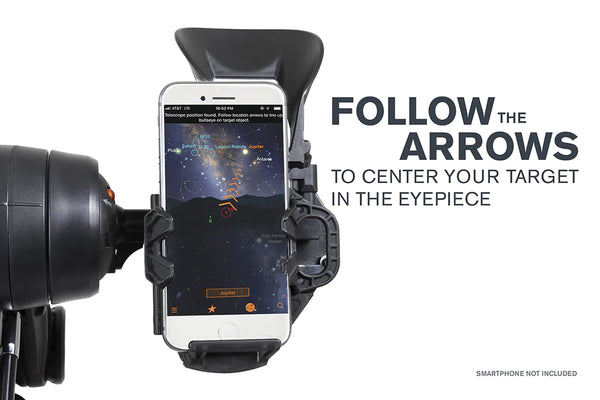
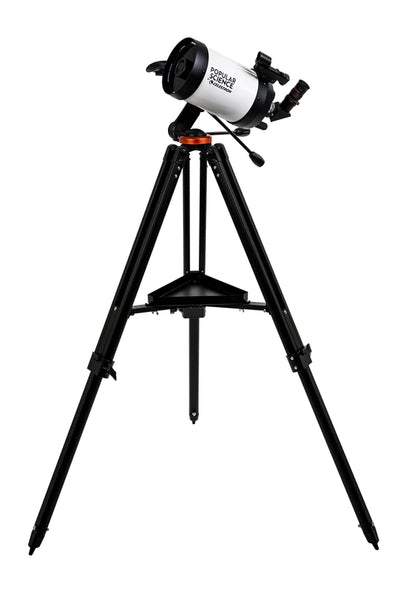

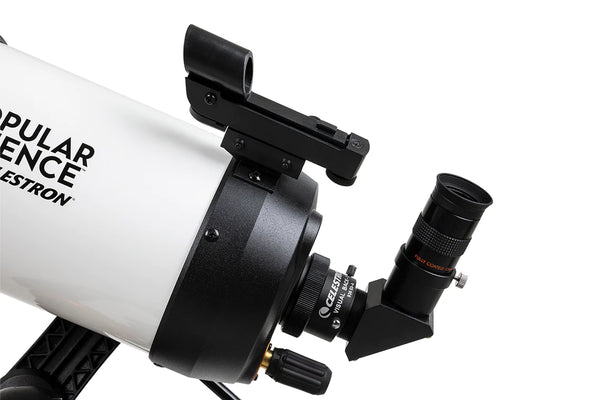
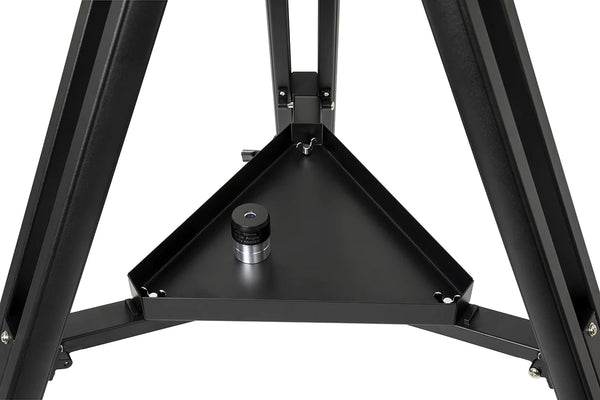









Celestron Popular Science by Celestron StarSense Explorer DX 5" Smartphone App-Enabled Schmidt Cassegrain Telescope (22466)
22466
Why Purchase from All-Star Telescope?
Free Expert Support
Whether you are a first timer needing help with setting up or an enthusiast that can't quite make that one thing work, our expert staff are ready to support your needs. With decades of knowledge and first hand experience we've been there and we can help you through it!
Stress Free, Secure Transactions
You can trust purchasing and delivery with All-Star Telescope. All of our transactions are 100% secure and Level 1 PCI DSS compliant thanks to Shopify's ShopPay platform. For additional protection, we insure 100% of the value of every shipment we make. If it get's lost during shipment, we replace it. If it gets damaged during shipment, we replace it. We make sure your product arrives exactly as you would expect it to; we promise.
We also ensure privacy protection. We never keep any of your credit card information on file and any of your personal data is stored according to our policies.
30 Day Return Policy
Buy with confidence knowing that we accept returns up to 30 days after purchase. We want you to have something you will actually use and we are confident that we keep good quality products in our store with No Junk.
Price Match Promise
Shipping around for the best price is tough, we make it easier by offering the best pricing in the market. But if you find a better price on an in-store item somewhere else we will match it!
Recommended Accessories

Celestron Deluxe Lens Cleaning Kit (93576)
Keep your optics clean and clear with this deluxe lens cleaning kit. It includes everything that you need to deal with dust and finger prints so t...

Celestron Deluxe Lens Cleaning Kit (93576)

Celestron Universal Smartphone Adapter w/ ...
These are the best way to get a cell phone picture through a telescope. Sturdy and adjustable along three dimensions the NexYZ makes it easy to get...
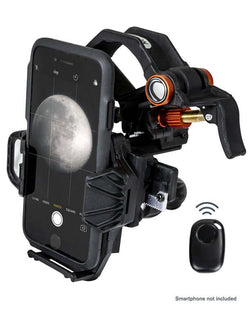
Celestron Universal Smartphone Adapter w/ remote (81057)
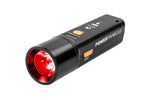
Celestron PowerTank Glow 5000 (93585)
This rechargeable red LED light will help you see what you're doing (or find your keys) without ruining your night-vision. It also doubles as a po...
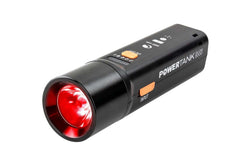
Celestron PowerTank Glow 5000 (93585)
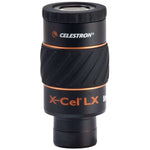
Celestron X-Cel LX 5mm Eyepiece 1.25" (93421)
Celestron X-Cel LX series eyepieces offer a 60º apparent field of view, perfect for the Moon, the planets, and a plethora of deep-sky objects. The ...

Celestron X-Cel LX 5mm Eyepiece 1.25" (93421)

Backyard Astronomer'S Guide, 4Th Edition B...
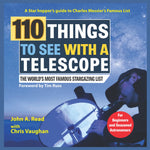
110 Things to See With a Telescope by John...
This is our favorite book for beginners! It organizes 110 beginner-telescope friendly targets by viewing season, shows you where to find them, and ...
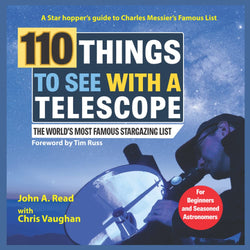
110 Things to See With a Telescope by John A. Read
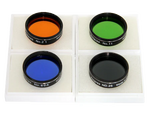
Antares 1.25" Color Filters, Set of 4 (FS2)
Filters will add contrast to really bright objects like the moon and planets. To make the details pop, use the ND25 filter for the moon, and contr...
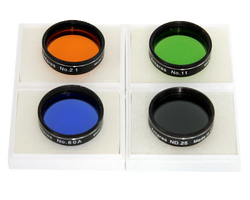
Antares 1.25" Color Filters, Set of 4 (FS2)

Orion RedBeam LED Motion Sensing Headlamp ...
Keep both hands free and retain your night vision with this versatile red beam led headlamp. No longer will you have to fumble with holding flashli...
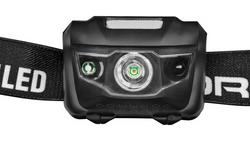
Orion RedBeam LED Motion Sensing Headlamp (05383)
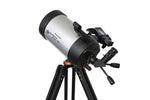
Celestron StarSense Explorer DX 5" Smartph...
This is the scope we've been waiting for. It combines the innovative StarSense technology that leverages your cell phone to navigate the sky, with ...
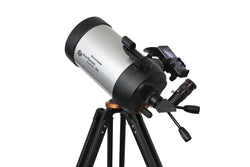
Celestron StarSense Explorer DX 5" Smartphone App-Enabled Schmidt Cassegrain Telescope (22462)
Why we love the Celestron Popular Science by Celestron StarSense Explorer DX 5" Smartphone App-Enabled Schmidt Cassegrain Telescope (22466)
Product Description
Celestron has reinvented the manual telescope with StarSense Explorer—the first telescope that uses your smartphone to analyze the night sky and calculate its position in real time. This special edition Popular Science by Celestron StarSense Explorer is ideal for beginners thanks to the app’s user-friendly interface and detailed tutorials. It’s like having your own personal tour guide of the night sky.
Features
Dock, Launch, Explore
Leave complicated star charts, imprecise planetarium apps, and computerized mounts behind. With StarSense Explorer, locating objects has never been easier, faster, or more accurate. Within minutes of setting up the telescope, you’ll be navigating the sky with confidence. Simply place your phone in the unique StarSense dock and launch the StarSense Explorer app. After aligning your phone to the telescope’s optics (a quick, 2-minute procedure), StarSense Explorer generates a list of celestial objects currently visible. Make your selection and arrows appear onscreen, guiding you as you to move the telescope. When the object is ready to view, the bullseye turns green.
Smartphone Compatibility
Popular Science by Celestron StarSense Explorer works with most modern smartphones, including iPhone 6 and up and most devices running Android 7.1.2 or later manufactured since 2016. For a complete compatibility list, click here.
Patented StarSense Sky Recognition Technology
StarSense Explorer uses patented technology and your smartphone to determine exactly where the telescope is pointed in the night sky. A Lost in Space Algorithm (LISA), like the ones satellites use in orbit to correctly orient themselves, helps the app match star patterns it detects overhead to its internal database.
While other astronomy apps may claim that they can help you find objects, they rely exclusively on the phone’s gyros and accelerometers, which aren’t as accurate as LISA technology. No other app can accurately tell you when your target is visible in the eyepiece.
High Quality Altazimuth Mount with Slow Motion Control
An ultra-stable altazimuth mount provides a sturdy foundation for StarSense Explorer DX. Slip clutches and geared slow motion controls in both axes help you move the telescope smoothly and zero in your target. As celestial objects appear to drift across the night sky, you’ll be able to follow them with just a few turns of the knobs. It’s all anchored by an adjustable, full-height tripod.
Dazzling Views with High Quality Optics
With a large 5” Schmidt-Cassegrain optical tube—Celestron’s tried-and-true optical design for over 50 years—this telescope has enough light gathering ability to bring out impressive detail in celestial objects while remaining compact and lightweight. You can expect sharp, bright views of Jupiter’s four Galilean moons, its cloud bands and Great Red Spot, the rings of Saturn, the trapezium in the Orion Nebula, and the beautiful Pleaides Open Star Cluster. While the StarSense Explorer DX 130 Newtonian has a slightly larger aperture, the 5" Schmidt-Cassegrain has twice the focal length of the 130, allowing higher magnification for better lunar and planetary views.
All air-to-glass surfaces are coated with our StarBright XLT optical coatings to visibly increase contrast and light transmission for brighter deep space views. With StarBright XLT, you’ll be able to discern subtle details while viewing the Moon and planets as well as faint galaxies and nebulae. For more information about our patented StarBright XLT coatings, visit here.
Perfect for the City or Dark Sky Sites
Even if you live in a light polluted city location, the Popular Science by Celestron StarSense Explorer is advanced enough to be able to pick out Jupiter, Saturn, Venus, the Orion Nebula, double stars, and a few more of the most famous celestial objects.
But if you can take the telescope to an even slightly darker location, more objects will become visible. With this 5” Schmidt-Cassegrain and relatively dark skies, the Andromeda Galaxy, Hercules Open Star Cluster, and so many more are easily within your reach.
More about Popular Science
For nearly 150 years, POPULAR SCIENCE has pointed people to the wonders of science, technology, and the future. We partner with designers & manufacturers who share our values of INNOVATION, QUALITY and SCIENCE to bring meaningful products to consumers like you.
What can I see with a Celestron Popular Science by Celestron StarSense Explorer DX 5" Smartphone App-Enabled Schmidt Cassegrain Telescope (22466)?
Here are some simulated views of common objects. Results with your telescope will vary with viewing conditions, obrits, equipment and more.
Jupiter with
25mm Eyepiece - 50x Magnification
(Included with This Telescope)
Jupiter with
10mm Eyepiece - 125x Magnification
(Included with This Telescope)
Jupiter with
5mm Eyepiece - 250x Magnification
Sold Separately
Moon with 25mm Eyepiece
50x Magnification
(Included with This Telescope)
Moon with 10mm Eyepiece
125x Magnification
(Included with This Telescope)
Moon with 5mm Eyepiece
250x Magnification
Sold Separately
Andromeda with 36mm Eyepiece
35x Magnification
Sold Separately
Andromeda with 25mm Eyepiece
50x Magnification
(Included with This Telescope)
Andromeda with 10mm Eyepiece
125x Magnification
(Included with This Telescope)
What's in the Box
Specifications
| OPTICAL TUBE INFO: | |
| Optical Design: | Schmidt-Cassegrain |
| Aperture: | 125mm (5") |
| Focal Length: | 1250mm (49.21") |
| Focal Ratio: | f/10 |
| Focal Length of Eyepiece 1: | 25mm (0.98") |
| Magnification of Eyepiece 1: | 50x |
| Focal Length of Eyepiece 2: | 10mm (0.39") |
| Magnification of Eyepiece 2: | 125x |
| Barlow Lens: | Not Included |
| Finderscope: | StarPointer red dot finderscope |
| Star Diagonal: | Erect image 90° (1.25") |
| Optical Tube: | Aluminum |
| Highest Useful Magnification: | 295x |
| Lowest Useful Magnification: | 18x |
| Limiting Stellar Magnitude: | 13 |
| Resolution (Rayleigh): | 1.11 arc seconds |
| Resolution (Dawes): | 0.93 arc seconds |
| Light Gathering Power (Compared to human eye): | 329x |
| Secondary Mirror Obstruction: | 51mm (2.0") |
| Secondary Mirror Obstruction by Diameter: | 40% |
| Secondary Mirror Obstruction by Area: | 16.6% |
| Optical Coatings: | StarBright XLT |
| Optical Tube Length: | 330mm (13") |
| Optical Tube Diameter: | 152.4mm (6") |
| Optical Tube Weight: | 5 lbs (2.26 kg) |
| Dovetail | CG-5 Dovetail Bar |
| MOUNT INFO: | |
| Mount Type: | Manual Alt-Azimuth |
| Height adjustment range (includes mount and tripod): | Aluminum, 1320.8mm (52") max height |
| Accessory Tray: | Yes |
| Tripod Weight: | 9.2 lbs (4.17 kg) |
| Slew Speeds: | Manual |
| GPS: | Uses phone's GPS |
| Dovetail Compatibility: | CG-5 Dovetail bar |
| Power Requirements: | None (Recommend PowerTank Glow to keep phone charged while using App) |
| Alignment Procedures: | Use StarSense Explorer App |
| Software: | StarSense Explorer App, SkyPortal App, and Celestron Starry Night Basic Edition Software |
| Total Kit Weight: | 14.2 lbs (6.44 kg) |
Additional Articles, Videos, and Links

5 Tips to Get the Most out of Your New Telescope
So you got a new telescope; now what? It usually starts out with a lot of excitement and enthusiasm. You get a new telescope, get it assembled and maybe test it out through a window looking at a tr...
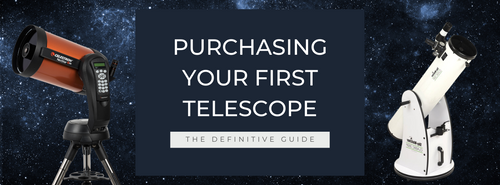
Buying Your First Telescope - Part One: What's the Best Beginner Telescope?
Buying the right telescope as a beginner can be a real challenge. In these articles we explain the key considerations when buying a beginner telescope. We'll cover the vocabulary you're going to...
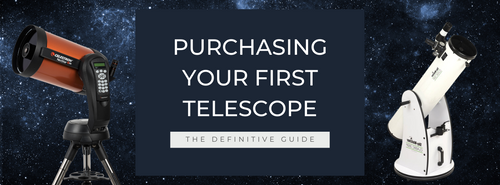
Buying Your First Telescope - Part Two: Making the Choice
Once you have become familiar with the sky and have been enticed by the views through other peoples’ telescopes, you will want your own. So what to buy?
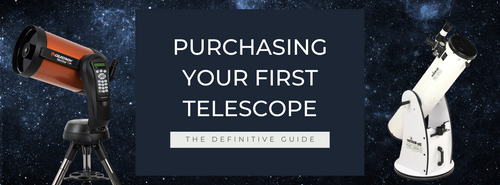
Buying Your First Telescope - Part Three: Our Recommendations (2023)
We present our suggestions for telescopes we find offer great value in each of several price ranges. But within a price class, you have a choice of what features might be most important to you and ...

How to Pick the Best Telescope Eyepieces
Finding the right new telescope eyepiece can be a game changer. This post will help you to pick the best telescope eyepiece for your needs.


